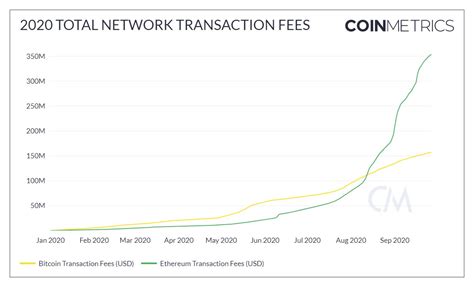Ethereum vs Ripple: Understanding Transaction Fees
The world of cryptocurrency is governed by a complex set of rules and principles that dictate how transactions are processed on different networks. At the heart of this ecosystem is the concept of transaction fees, which play a crucial role in incentivizing miners to validate transactions. However, unlike Bitcoin, Ethereum (ETH) has a unique approach to transaction fees, where who earns these fees varies significantly between the two platforms.
Bitcoin: Miners Earn Fees
In the world of Bitcoin, transaction fees are paid directly by individuals or organizations who send funds to another user on the network. These fees are used to compensate miners for their efforts in validating transactions and creating new blocks. The miner’s reward is a block reward, which is calculated based on the number of successful transactions they have included in the block. In 2017, Bitcoin’s block reward was reduced from 50 BTC to 6.25 BTC per block.
Ethereum: Transaction Fee Tiers
In Ethereum (ETH), transaction fees are also paid by users, but a more complex system is used to determine who earns these fees. The ETH network operates on a layer 2 scaling solution called Ethereum Scaling (formerly known as Optimism). This platform enables faster and cheaper transactions by allowing multiple transactions to be grouped into a single « gas price » transaction.
Based on the Ethereum protocol, there are three levels of transaction fees:
- Low-Tier Fees: These fees apply when the gas price is relatively low (typically less than $0.0005 per Gwei). In this scenario, users pay the higher of their balance or a threshold set by the network.
- Mid-level fees

: When gas prices are moderate (between $0.0005 and $0.001 per Gwei), mid-level fees apply. Users can choose to pay the lower-level fee (their balance) or the higher-level fee (a specific threshold value).
- High-level fees: These fees apply when gas prices are extremely high (typically above $1 per Gwei). In this scenario, users must pay the very low-level fee of their balance.
Who earns Ripple transaction fees
Ripple is a completely different story from Ethereum and Bitcoin. Ripple transaction fees are not paid directly by users, but rather by the network itself. These fees are used to compensate the Ripple network for its services, including:
- Network maintenance: The Ripple team provides ongoing maintenance and security for the network.
- Node Operating Costs: Ripple nodes (processing devices) operate on a fee model that rewards them with payment in XRP tokens, which is the native cryptocurrency of the Ripple network.
In essence, Ripple transaction fees are generated by the network itself and distributed among its nodes. This means that who earns these fees depends solely on the operations of the Ripple network, rather than on the transactions or balances of individual users.
Conclusion
While Ethereum has a complex system for determining transaction fees, it is clear that the approach differs significantly from Bitcoin’s direct payment model to miners. Ripple’s fee structure works in the opposite direction, with nodes earning their rewards from the network itself. This unique dynamic reflects the different design goals and use cases of each cryptocurrency platform, highlighting the importance of understanding the underlying principles and rules that govern each ecosystem.

Laisser un commentaire